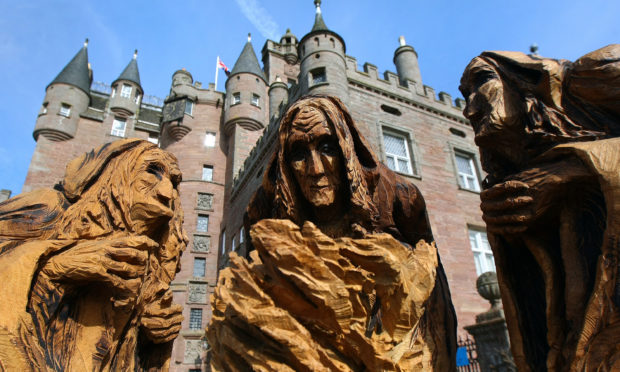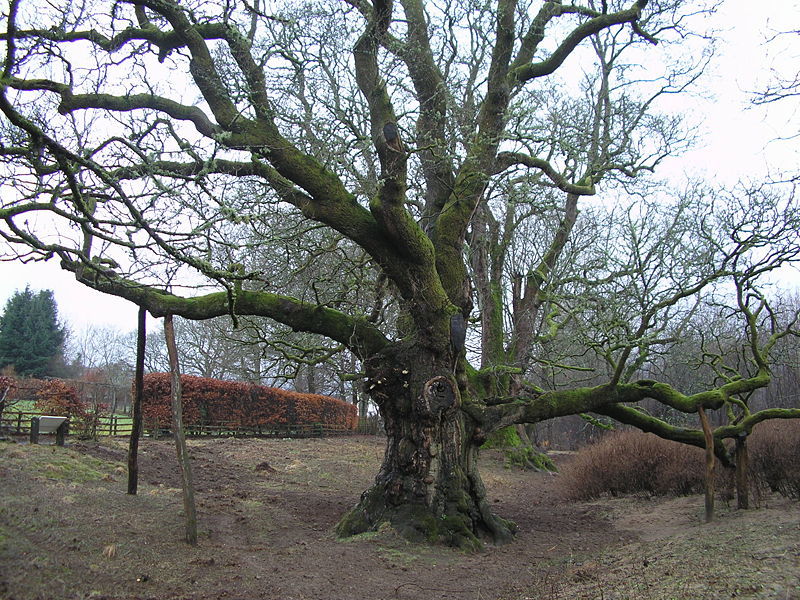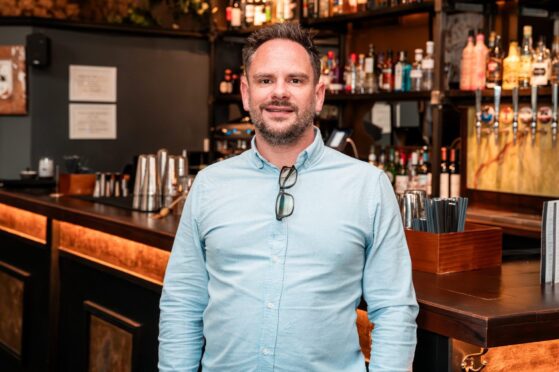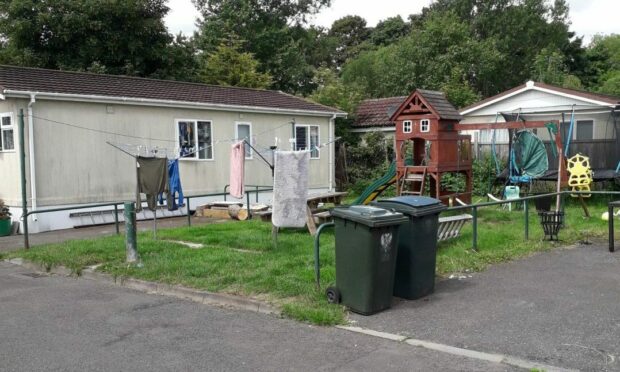With the play being written more than three centuries ago, it could be argued that the reputation of Shakespeare’s Macbeth was long ago lost and won.
However a Perth comedian has called fair is foul on the Scottish Play – labelling it anti-Scots propaganda.
In a world littered with fake news and alternative facts, Bruce Fummey says his new Edinburgh Fringe show will reveals the real story behind Macbeth, the legendary Scottish king and Shakespeare’s eponymous anti-hero.
The show covers a time in history when the direction of Scotland wasn’t decided by elections or referendums, but by bloody hand-to-hand combat.
Macbeth…without the Shakespeare B******s is the latest in his series of Scottish history-themed Fringe shows. Bruce has previously talked about Tam O’Shanter, the Jacobites, Robert the Bruce and the origins of Scotland.
In his latest show, he will probe deep into medieval Scotland where he will claim Shakespeare shamefully misrepresented Macbeth.
Bruce said: “I call it The English Play, as it’s effectively propaganda against Macbeth, who was the last true Celtic king of Scotland. Macbeth was killed and succeeded by Malcolm Canmore, who married a Saxon princess and started the Anglicisation of Scotland.
“Each year I look for a different aspect of Scottish history to explore. In last year’s show, Scotland the Origins, I looked at the medieval development of the nation. It struck me that the real Macbeth wasn’t anything like the one I’d heard about in Shakespeare at school, and I thought it was worth exploring.
“All I have to do is screw the fiction out of a tragedy and turn it into a comedy. What could possibly go wrong? The show will appeal to people who like comedy, folk who are interested in Scottish history and those who want to know how the real Macbeth compares to the fictionalised character.
“People may have been to Fringe performances of Macbeth before. This is the first time they can go to a Fringe show to hear the real story, and have a laugh at the same time.”
Macbeth ruled as king from around 1040 after killing his youthful cousin Duncan I in battle near Elgin, not slaying an old man in his bed as Shakespeare wrote.
He married Kenneth III’s daughter Gruoch, who was immortalised in the play as the manipulative Lady Macbeth.
Ruling for 17 years, and living in a fortified castle at Dunsinane north of Perth, Macbeth is known to have travelled to Rome for a papal jubilee.
He was killed in August 1057 by Malcolm Canmore, Duncan’s son, at the Battle of Lumphanan in Aberdeenshire.
.











